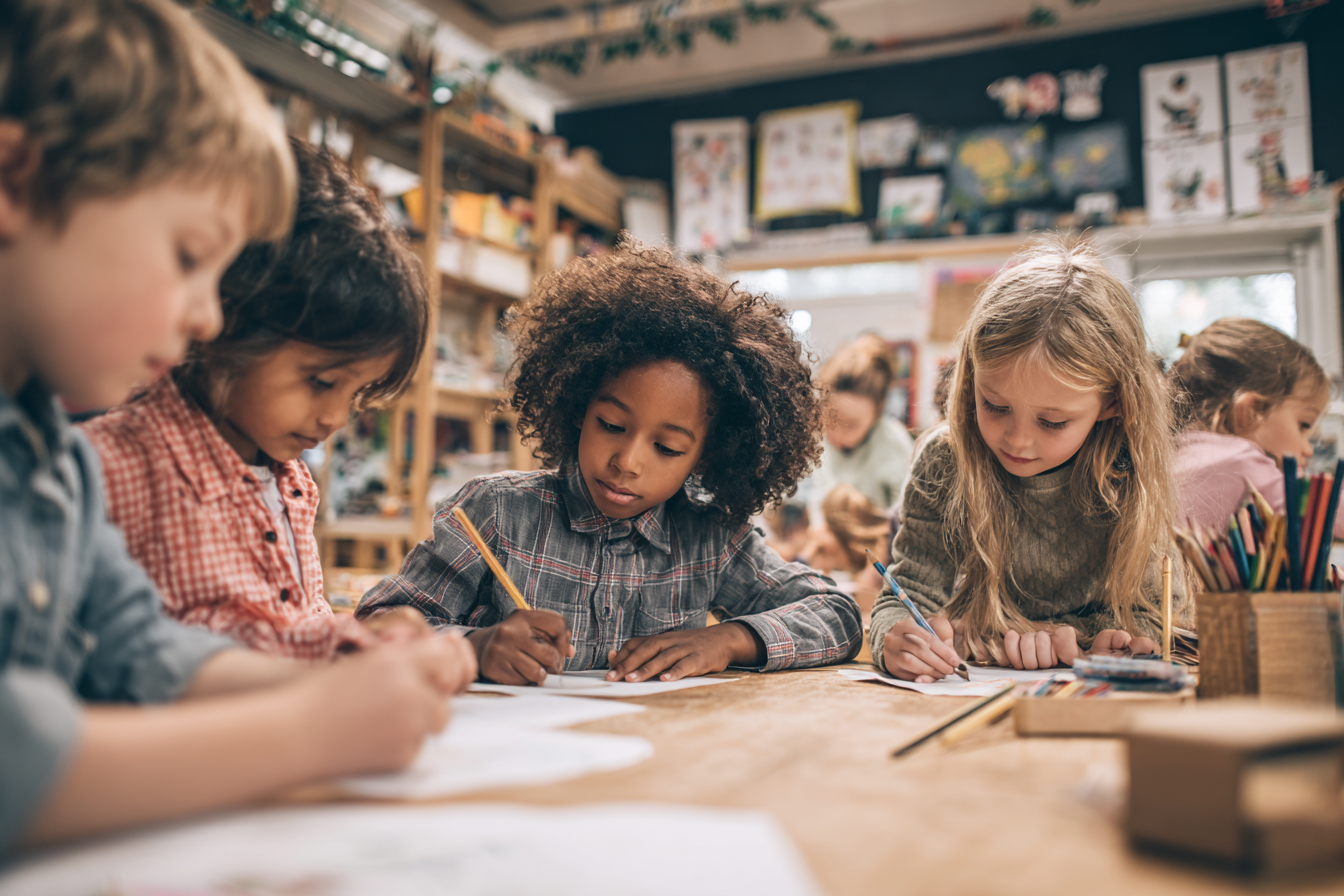Unit Plan 27 (Grade 1 Social Studies): Midyear Review—People and Progress
Help first graders review timelines, past vs. present, important people, holidays, and family traditions through stories, pictures, sorting, and simple role play.

Focus: Help students revisit key history themes—timelines, past and present, important people and holidays, family traditions, and stories about the past—using storybooks, pictures, and role play.
Grade Level: 1
Subject Area: Social Studies (History • Inquiry • Civics Connections)
Total Unit Duration: 5 sessions (one week), 30–45 minutes per session
I. Introduction
In this midyear review unit, students bring together what they have learned about time, change, and important people and traditions. Through storybooks, photos, and simple artifacts, they revisit how to tell the past from today, how to place events in order, and why we remember certain leaders, holidays, and family celebrations. Students also practice asking questions, using simple sources, and sorting information, with many chances to act out historical scenes and share short role plays.
Essential Questions
- How can we tell what happened first, next, and last in a story or in our day?
- How do we know if something happened long ago or is happening today?
- Why do we remember certain people, holidays, and family traditions?
- How do books, pictures, and stories help us learn about the past?
- How can we ask good questions and use clues to understand “people and progress” over time?
II. Objectives and Standards
Learning Objectives — Students will be able to:
- Sequence 3–4 events from a story or school day using words like first, next, and last.
- Use photos, artifacts, or stories to tell whether something is from the past or from today, giving at least one reason.
- Name at least two important people or holidays and explain in simple words why they matter.
- Share one family or cultural tradition and notice at least one similarity or difference with a classmate’s tradition.
- Ask and answer simple “who/what/when/why” questions about a storybook or picture related to the past, and sort images or statements into “shows the past” vs. “shows today.”
Standards Alignment — 1st Grade (C3-based custom)
- 1.C3.Hist.1 — Sequence events and use temporal words (yesterday/today/tomorrow; first/next/last).
- Example: Order a typical school day with a 3-step timeline.
- 1.C3.Hist.2 — Distinguish past and present using photographs, artifacts, and stories.
- Example: Compare old vs. new phones/transportation.
- 1.C3.Hist.3 — Identify important people, holidays, and commemorations; state why they matter.
- Example: Martin Luther King Jr., Veterans Day—basic significance.
- 1.C3.Hist.4 — Describe family and cultural traditions; note similarities and differences.
- Example: Share foods or songs from a family celebration.
- 1.C3.Hist.5 — Use simple sources to learn about the past and retell key details.
- Example: After a read-aloud on community history, retell who, where, and why.
- 1.C3.Inq.1 — Ask and refine questions about community and world.
- Example: “How do rules help everyone at recess?”
- 1.C3.Inq.2 — Gather information from simple sources (photos, maps, short texts, interviews).
- Example: Use a picture book and a class interview with the custodian to learn about school jobs.
- 1.C3.Inq.3 — Evaluate and sort evidence (relevant/irrelevant; fact/opinion at a basic level).
- Example: Decide which pictures actually show “helping keep the school clean.”
Success Criteria — Student Language
- I can put events in order and tell what happened first, next, and last.
- I can look at a picture or story and say if it is from long ago or from today, and explain why.
- I can name at least two leaders, holidays, or events and tell why they are important.
- I can share one family tradition and listen to a classmate’s tradition, finding something the same or different.
- I can ask and answer simple questions about a story or picture from the past and sort pictures into past vs. present.
